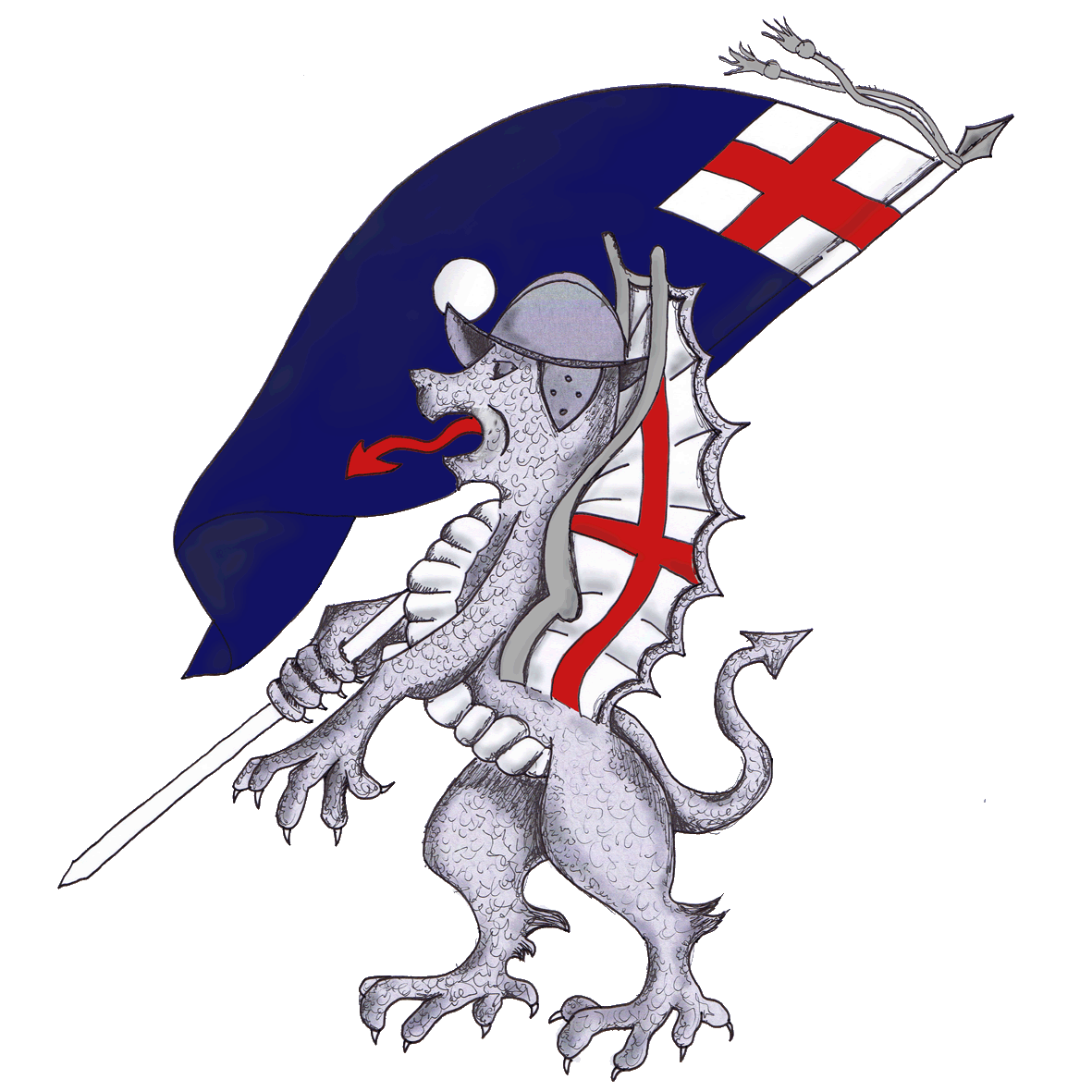Cavalry in the Civil War
Two main types of mounted troops served during the Civil War; horse and dragoons. The horse itself was further divided into cuirassiers, harquebusiers and lancers. The cuirassiers' heavy three-quarter armour gave its wearer excellent protection but its weight and bulk placed an immense strain on both the man and his mount during a melee and so very few regiments of cuirassiers were raised to fight during the Civil Wars. The most notable cuirassier regiment of the conflict was that raised by the Parliamentarian Sir Arthur Hesilrige and due to the amount of armour his men wore became known as Hesilrige's Lobster's . The only time that lancers were committed to battle was with the Scottish Army that fought for the King at Marston Moor.
However, the most common cavalry of the day were harquebusiers, being armed with at least theoretically, a carbine, sword and a brace of wheellock pistols. They were reasonably well armoured for normal line cavalry being equipped with a thick leather buff -coat, back and breastplate and pot helmets. Dragoons were basically mounted infantry who fought on foot after riding to the battlefield. They were very lightly equipped only having a sword and musket and little to no armour. At the time of the Civil Wars cavalry tactics were in a definite state of flux. Faced by infantry armed with musket and pike the cavalry had adopted the tactic of the "caracole" whereby each rank rode up to the enemy, discharged their weapons and retired to the rear.
This tactic though much used very seldom produced decisive results as the wheellock pistols of the day were only effective from a few yards distance. An alternative was the tactic reintroduced to warfare by Gustavus Adolphus of Sweden - the horse would be deployed in squadrons three ranks deep, they would then charge home with their swords and use their pistols as they made contact with the enemy to maximise the shock damage of their charge. Prince Rupert, who had served with Gustavus Adolphus introduced those tactics at the battle of Edgehill to such effect that both sides began to employ this method of attack.
Article contributed by Guz


